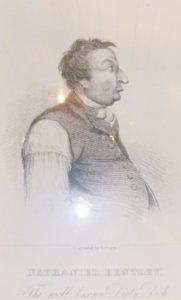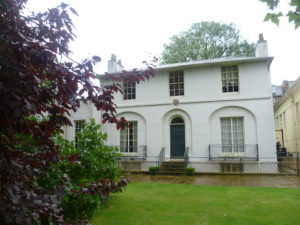The story of Nathaniel Bentley, otherwise known as ‘Dirty Dick’ is a curious one. He was born in 1735, or thereabouts, into a well-to-do City of London merchant’s family. His father owned a successful hardware business with a house, a shop and a well-stocked warehouse in Leadenhall St in Bishopsgate, and he saw to it that his son was given a good education, as befitted his status as a gentleman. Mr Bentley, senior, died in 1760, when Nathaniel was about twenty-five-years old, leaving his son a successful business.

Nathaniel Bentley, also known as ‘Dirty Dick’
So far, so good.
Continue reading The Curious Story of ‘Dirty Dick’ (1735-1809)
Please share this page...







